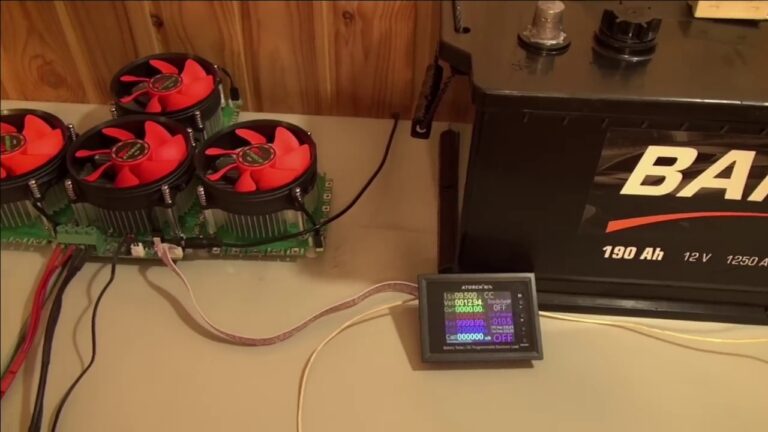Discussion: 172 Tbit / s – a new record for data transmission speed for multicore optics

/ Unsplash / Lubo minar
The technological component of the experiment
NICT experts built a test data transmission system. It was based on a three-core fiber optic cable with optically coupled fibers (coupled-core multi-core fiber). In it, the light guide wires are located very close to each other (distance less than 40 microns), which increases their density and makes the structure more flexible. But this approach creates additional cross-talk. By controlling the mutual influence of optical nuclei, the spectral efficiency of the system can be improved. For this “binding”, a MIMO DSP signal handler is installed on the receiving side.
During the experiment, experts from NICT generated several hundred laser beams with different wavelengths and performed quadrature amplitude modulation (16-QAM). Then they were broadcast several times via a 60-kilometer cable to simulate the transmission of information over a distance of 2040 km. After the signals were subjected to final MIMO processing.
The data rate for individual channels was 400-550 Gbps. At the same time, the total throughput exceeded 172 Tbit / s.
This figure exceeds the capabilities of the most “powerful” cable system deployed today – the Pacific Light Cable Network. It connects the USA, the Philippines, Taiwan and Hong Kong, and its throughput is 144 Tbit / s. In the future, the NICT solution will exceed this indicator. However, Japanese engineers say that technology not suitable yet for submarine cables. Although the situation may change in the near future.
Other achievements
In March of this year, another record. established Specialists from Nokia Bell Labs. They achieved a bandwidth of 400 Gb / s in networks for commercial data centers. In the future, engineers want to reach speeds of 800 Gbit / s. So they can increase the efficiency of the existing infrastructure, and reduce the cost of deploying a new one.

/ Unsplash / John adams
Last year, German engineers carried out data transfer at a speed of 500 Gbit / s. But they did this not in laboratory conditions, but in “combat” ones. Specialists from the Munich University of Technology (TUM) have developed the Probabilistic Constellation Shaping (PCS) algorithm for the probabilistic formation of a signal constellation. This is a method complementary to quadrature amplitude modulation (QAM). The algorithm automatically selects the optimal group of points (signal amplitude values) to reduce the likelihood of data distortion and energy consumption. The technology is already being used by network provider Infinera. Company representatives they sayPCS will help mobile operators reduce IT infrastructure development costs.
Also worth noting is the development of engineers from Australia. They presented a solution that increases fiber throughput by a hundred times. Their system allows you to “twist” the light into a spiral and encode information using the spin of photons. Now the technology is being tested in the laboratory. RMIT. But the developers are planning to bring it to the market in the coming years.
What we write about in our corporate blog:




